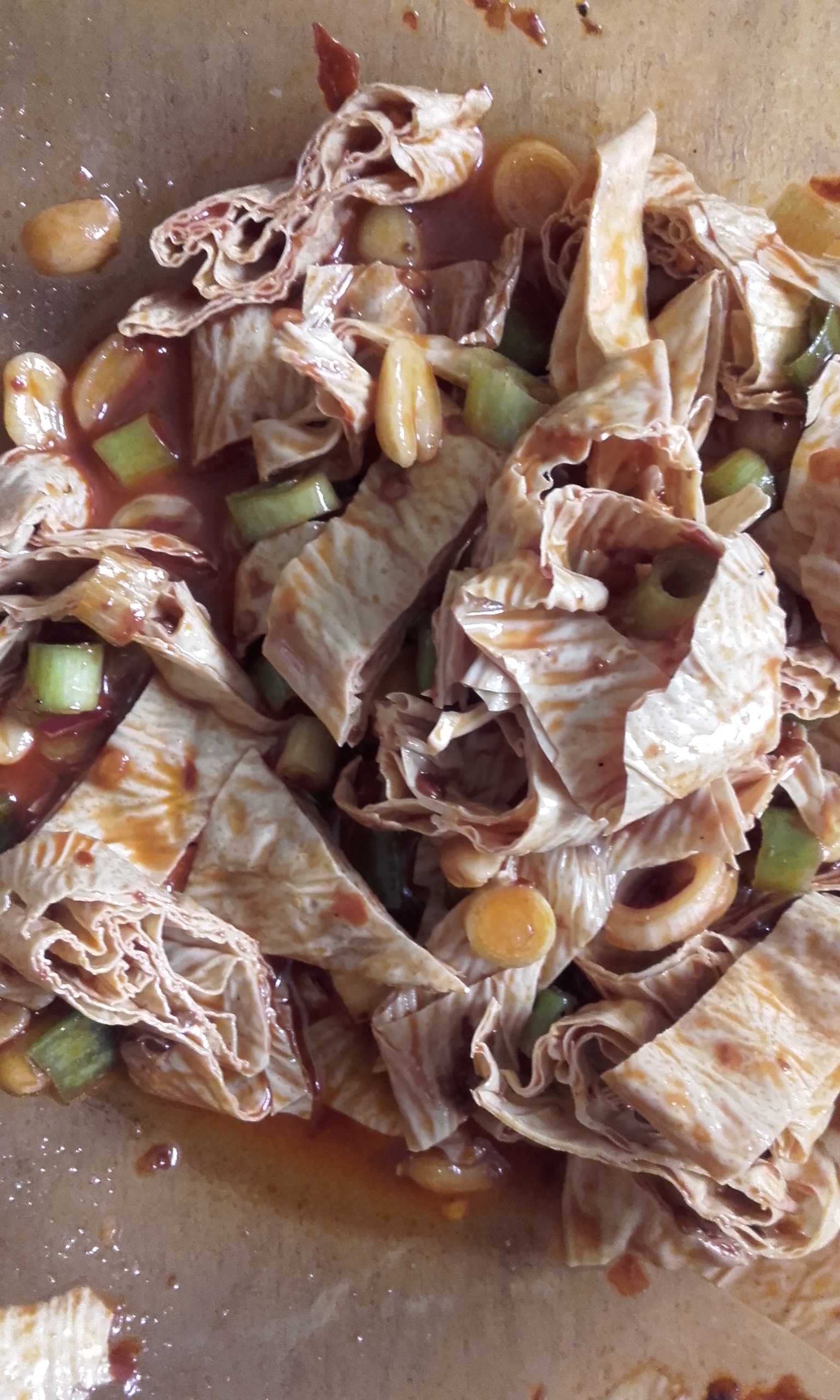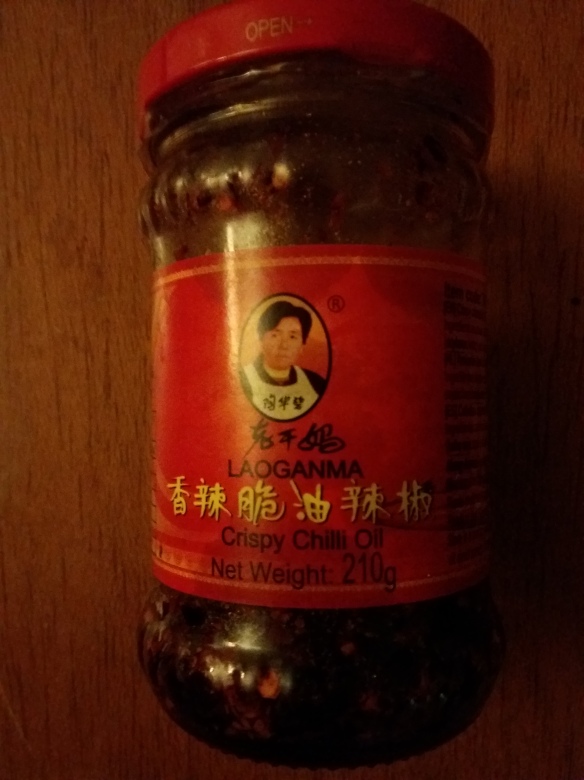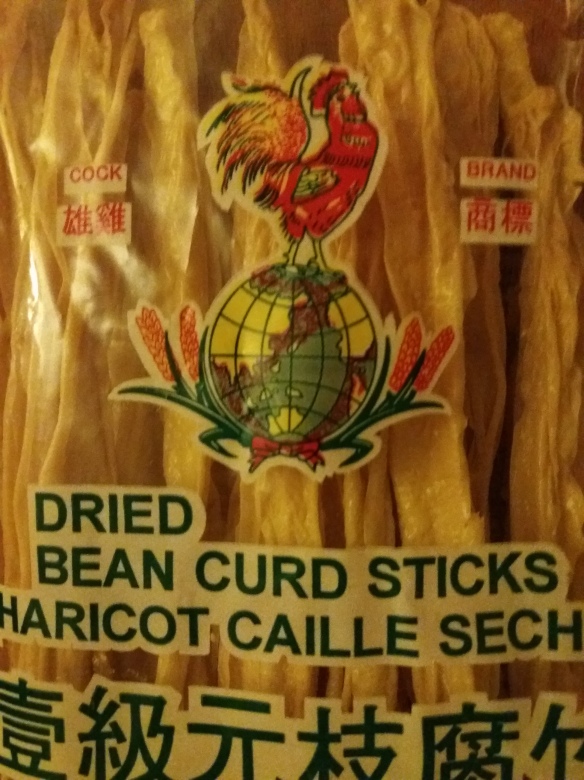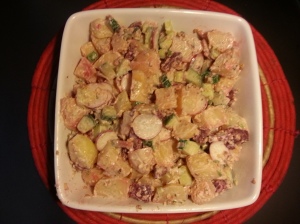I can’t be doing with punctuation. I have never really understood it and don’t think I ever will. God invented English Teachers and Sub Editors for the purpose of correcting dodgy punctuation -so I will allow them to get on with it, without popping my hand up and quoting bits of that book with a panda on the front.
Commas and semi-colons are a mystery to me. Hyphens – well really. I think they are entirely ridiculous. I yearn for mediaeval times, when no one cared about spelling or punctuation, instead allowing their creativity to change the look of words and phrases within a sentence and throughout a piece of writing. These days people make judgements about creative spelling and punctuation. “It’s all about communication” they say. “It is how you come across to the world. Bad spelling and punctuation undermine that”. And then, they trot out a line from the book with the panda on the front.
This Saturday will mark the beginning of my favourite Chinese year -“The Year of the Cock”. Prissy types often prefer to call it “The Year of the Rooster”, but I think “Rooster” is an Americanism. I may not care about spelling or punctuation, but I do have a firm grasp of the Queen’s English. I also have the greatest respect for the traditions and rituals associated with Chinese New Year, the most important of which, is dining with family. With that in mind, I decided to create a delicious, Chinese New Year inspired, vegan buffet dish, perfect for a family get together with dairy and meat avoiders – a spicy ‘vegan chicken’ salad.
I made this salad recently for a pot luck supper and it was met with great delight by vegans, vegetarians and indeed Number One Son, the committed carnivore. Made from dried tofu sticks and laced with vicious Sichuan seasonings, the flavours are intense, rich and mouth numbing, while the texture is satisfyingly chewy. Making this recipe will require a trip to the Chinese supermarket to buy tofu sticks and a jar of crispy chilli in oil, but it is so easy to make and such a delicious dish, I am sure these ingredients won’t hang around in your cupboard for long.
Year Of The Cock Salad
100g (half a pack) of dried tofu sticks
1 tbsp. sesame seeds
3 spring onions, green and white bits, finely chopped
1 handful unsalted peanuts
1 tbsp. finely chopped coriander (leave out, if you hate the stuff)
Dressing ingredients
2 tsp. sesame oil
1 teaspoon sesame paste (tahini is fine, but the Chinese supermarket will also sell sesame paste)
2 tbsp. light soy sauce
1 heaped tbsp. crispy chilli in oil (see photograph below). You want the solid crispy pieces AND the wonderful bright red oil
1 tsp. Sichuan peppercorns, ground up in a pestle and mortar (most supermarkets will stock these in the spice aisle)
Place the tofu sticks in a large bowl, breaking them into smaller pieces to ensure they fit. Cover with boiling water and leave to soak for about an hour. The sticks should swell up and start to look like flabby rolls of human skin.
Meanwhile, combine the dressing ingredients in a large serving bowl. Mix them well, as the sesame paste will be stubborn and remain in a clump if you are not fierce with it. The resulting dressing should be a wonderful blood red colour, freckled with ground Sichuan peppercorns. Taste it, and if you like, add a pinch of caster sugar and a little salt. Naughty, but does make it even more delicious!
Toast the sesame seeds in a dry frying pan until golden, then set aside. Toast the unsalted peanuts until they are very faintly tanned.
Remove the sticks from the water and cut them into pieces about an inch thick. There will be hard areas on the sticks -cut around these and discard. I don’t really know why they never soak the whole way through (I have left them soaking for hours) but there will be a bit of waste, unfortunately.
Add the chopped, soaked tofu sticks to the dressing and stir well. Sprinkle over the sesame seeds and peanuts and stir until evenly distributed. Finally garnish with the spring onions and coriander (if using). Gong xi fa cai!



The brand of these beancurd sticks is perfect for this dish

